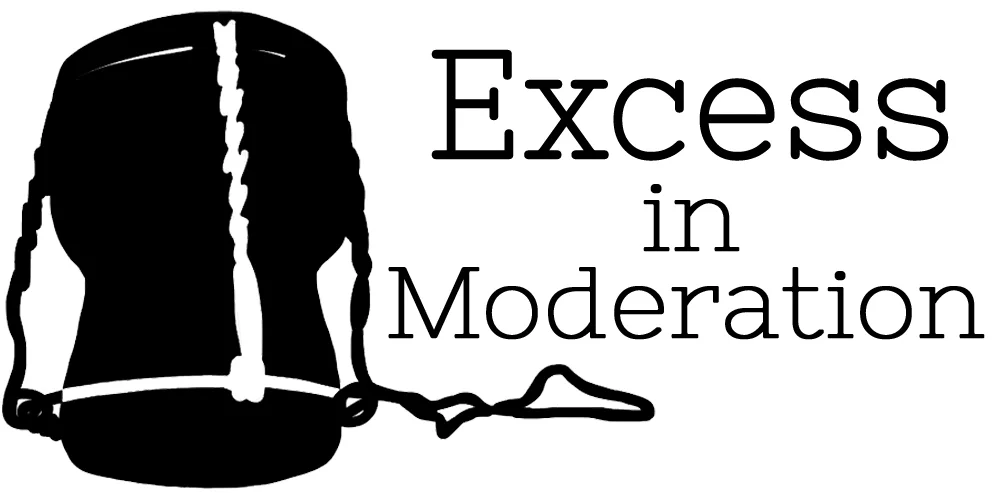I Tried This Scar-Fading Treatment...And It Actually Worked
This story originally appeared on Allure.
Silicone makes a regular guest appearance in most of our beauty routines: It keeps our faces looking smooth, our hair supermodel-shiny and frizz-free, and...gets rid of our scars? That's the idea behind the new "it" scar fader, silicone treatment pads.
While we're all about "new" and "it" ingredients, we've also seen plenty of so-called miracle products fall short of their lofty promises. But when it comes to silicone scar treatments, there's science to back it up. Though silicone sheets and gels haven't been a drugstore staple for very long, the technology has been around for years: They're commonly used in hospitals and burn centers, and oodles of studies confirm their efficacy—no wonder it's a dermatologist favorite.
"Silicone sheeting has four primary functions in treating scars," explains Joshua Zeichner, the director of cosmetic and clinical research at Mount Sinai Hospital in New York City, who recommends starting treatment with silicone pads as soon as the original wound has healed. "It improves skin hydration, protects the scar from the environment, promotes healthy collagen production, and can help reduce itching."
Just like the rest of your skin, scar tissue becomes less stretchy (and more itchy) when it's not properly hydrated. Silicone helps with that by mimicking your natural skin's moisture barrier, trapping the moisture your body naturally loses against the skin's surface, which keeps the scar hydrated. Likewise, since scar tissue is more prone to hyperpigmentation from the sun, the coverage provided by the pads can help shade your new scar and keep it from darkening.
As with most scar treatments, silicone is no quick fix. "Newer scars tend to do better when treated with silicone because they are not fully healed," Zeichner says, adding that small scars tend to be more responsive to treatment that their acreage-covering counterparts.
To test out exactly how much punch these skin savers were packing (and because not everyone can look like Padma Lakshmi with a forearm scar), I decided to giveScarAway Silicone Scar Sheets a try on the mark leftover from my recent mole removal (get your yearly skin check, kids!).
Using the pads couldn't be easier: Just peel the sticky, fabric-backed sheets off the plastic wrapper, apply to clean, dry skin, and wear for a minimum of 12 hours, up to a full day. Once they were on, I found the sheets to be pretty unobtrusive, though if your complexion could be described as anything other than fair, the beige Band-Aid-like backing will probably stand out.
Other things that will stand out: soy sauce spills.
The credit-card-sized sheet come in a pack of eight, but given the relatively small size of my scar, I cut each one in half. Doubling my number of sheets ended up being a good thing, because even with washing them after each use with moisturizer-free soap per the packaging instructions, I still found that the pads stopped clinging as well after three or four uses (the brand estimates each pad should last about a week). If you're wearing them during the day, that might not be too much of an issue, but given the fairly obvious placement of my scar, my daily 12-hour treatment happened primarily at night, and I woke up more than once to find a tiny taupe roll-up stuck to random body parts.
As for the payoff, after six weeks of use (the brand recommends 12 weeks for the best results), my scar is noticeably softer and lighter, though I can't pretend it's magically disappeared. (Left to right in the photo above: the untreated scar, two weeks into treatment, four weeks into treatment. See below for week 6, 8, and 10.)
And now for the grand finale: a comparison of the untreated scar to the scar after 12 weeks of treatment.
If the scars you're looking to tone down are larger, older, or thicker, or if they haven't responded to over-the-counter treatments, Zeichner suggests talking to your dermatologist about cortisone injections, which can help smooth thick scars, or laser treatments, which can resurface and brighten dark scar tissue.




